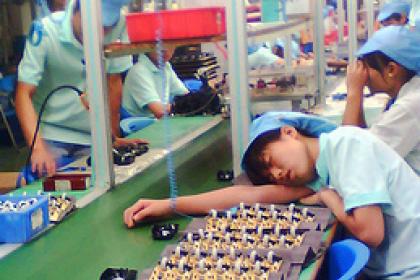
Low inflation continues to be a concern in Europe and the US, especially in Europe. Central bankers project that inflation will rise as the economy gets closer and closer to full employment. Yet, what is behind low inflation?
I refer to the work of Michael Pettis who is a professor of finance at Guanghua School of Management at Peking University in Beijing. He puts low inflation in China within the context of financial repression.
“…why is it that what seemed by most measures to be an extraordinary surge in money creation did not also result in significant wage and consumer price inflation?“
“The answer, I will argue, has to do with the nature of money growth in financially repressed economies. Because the Chinese financial system is so severely repressed, money growth in China cannot be compared to money growth in a market-based financial system. Monetary growth is effectively bifurcated and affects producers and consumers in very different ways.“
“What does it mean to say that monetary growth was bifurcated? By this all I mean is that nominal money growth showed up as different rates of money growth for different parts of the economy. More specifically the rate of monetary growth for producers exceeded the rate of monetary growth for consumers, and this becomes clear by measuring the monetary impact on different sectors within the economy of monetary expansion under financial repression.“
“Countries with significant financial repression can experience periods of rapid monetary expansion with results that do not conform to normal expectations precisely because of this bifurcation in the monetary impact of credit creation. On the production side of the economy it is easy to see in China over the past decade what looked like the consequence of rapid monetary expansion – rapid growth in credit, rising productive capacity, surging production of manufacturing goods, asset bubbles, etc.

